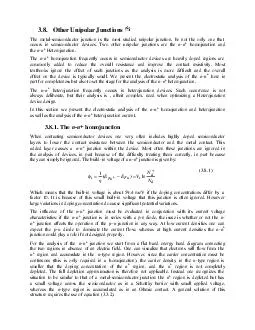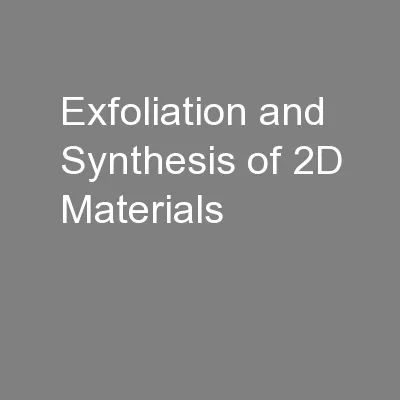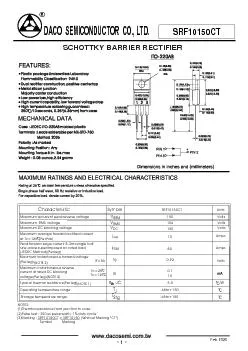PPT-II-VI Semiconductor Materials, Devices, and Applications
Author : jane-oiler | Published Date : 2016-05-25
Lorelei Lewandowski 4202015 There are 7 IIVI semiconductor materials Because of their direct wide band gap energy they are becoming increasingly useful in optical
Presentation Embed Code
Download Presentation
Download Presentation The PPT/PDF document "II-VI Semiconductor Materials, Devices, ..." is the property of its rightful owner. Permission is granted to download and print the materials on this website for personal, non-commercial use only, and to display it on your personal computer provided you do not modify the materials and that you retain all copyright notices contained in the materials. By downloading content from our website, you accept the terms of this agreement.
II-VI Semiconductor Materials, Devices, and Applications: Transcript
Download Rules Of Document
"II-VI Semiconductor Materials, Devices, and Applications"The content belongs to its owner. You may download and print it for personal use, without modification, and keep all copyright notices. By downloading, you agree to these terms.
Related Documents








